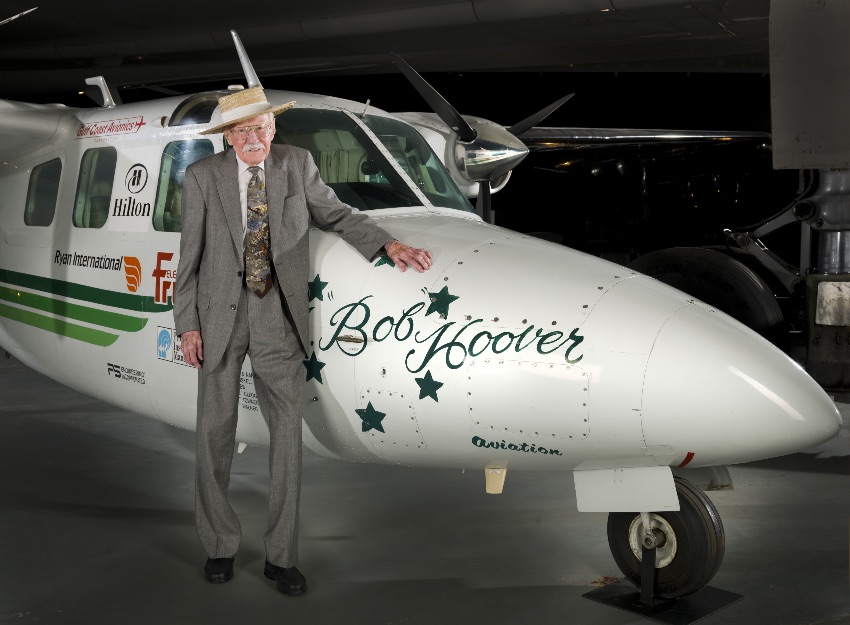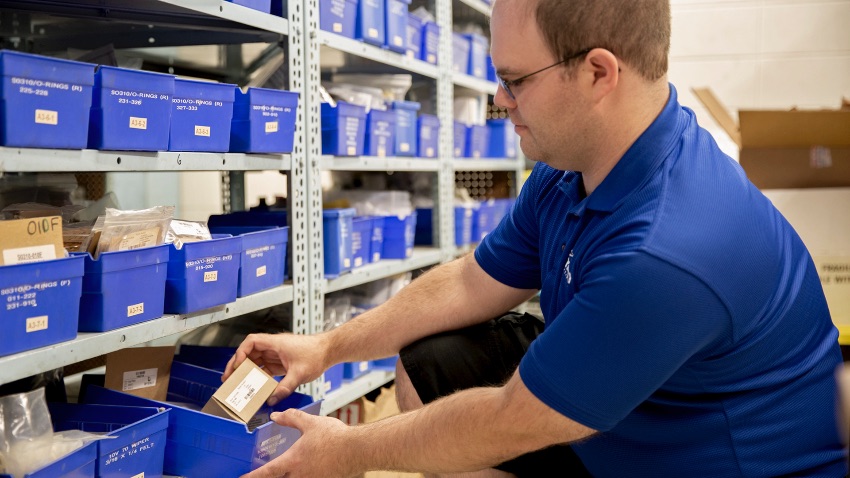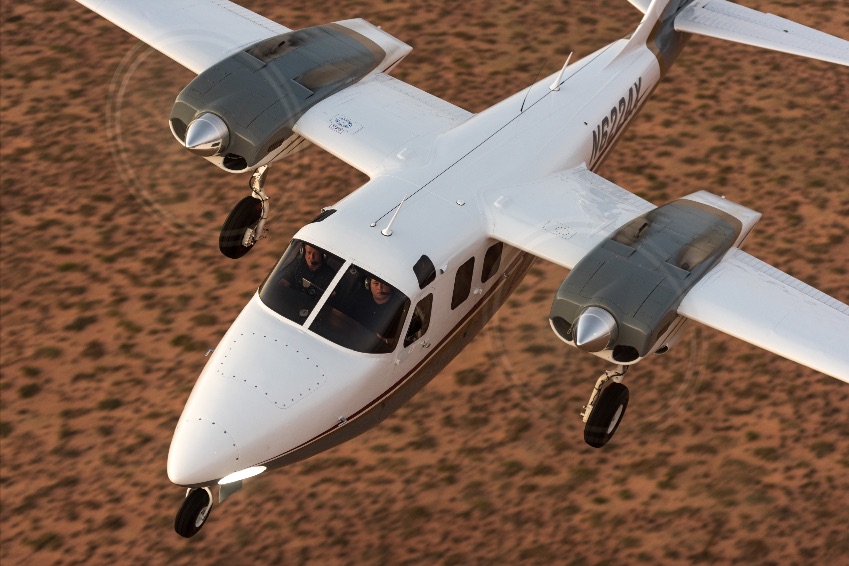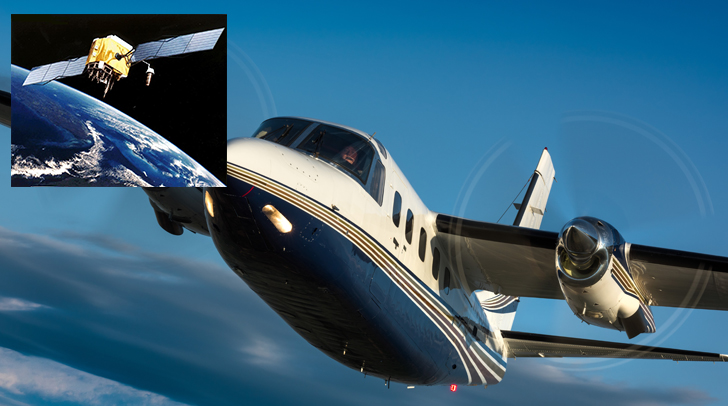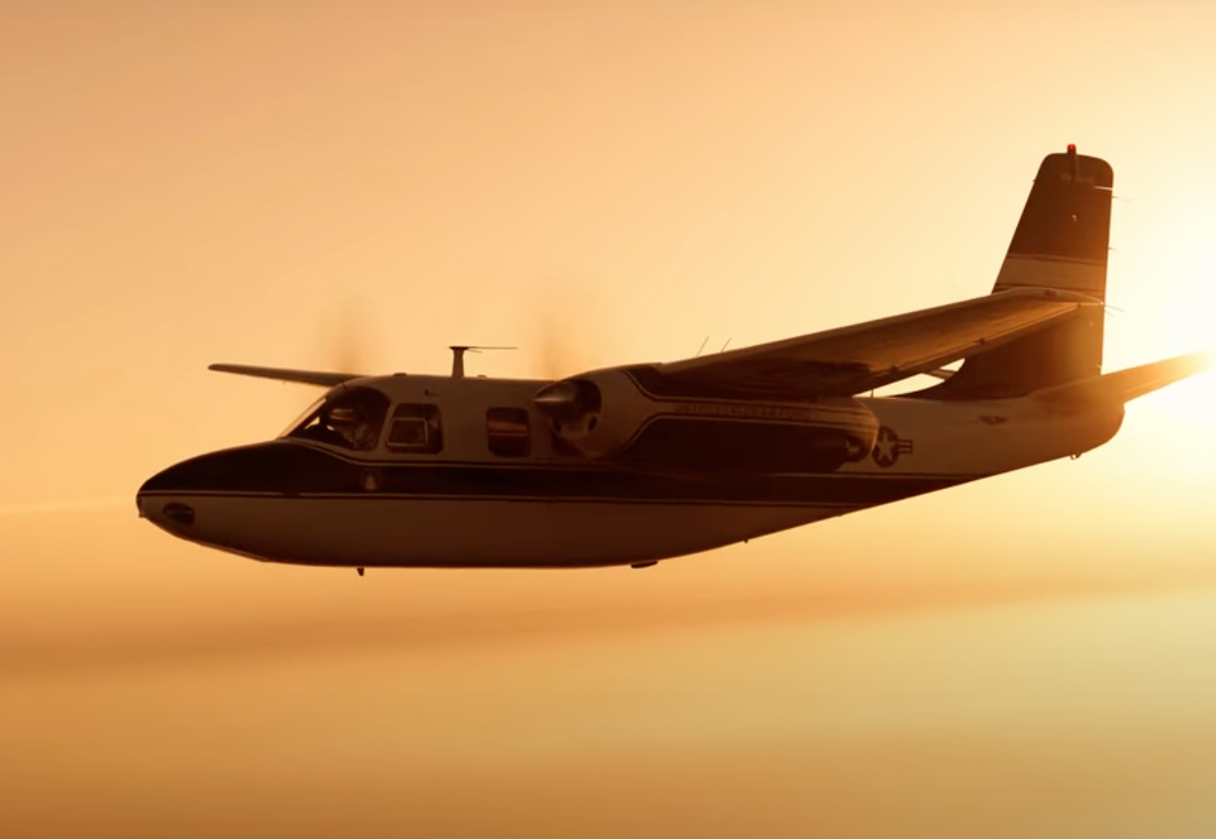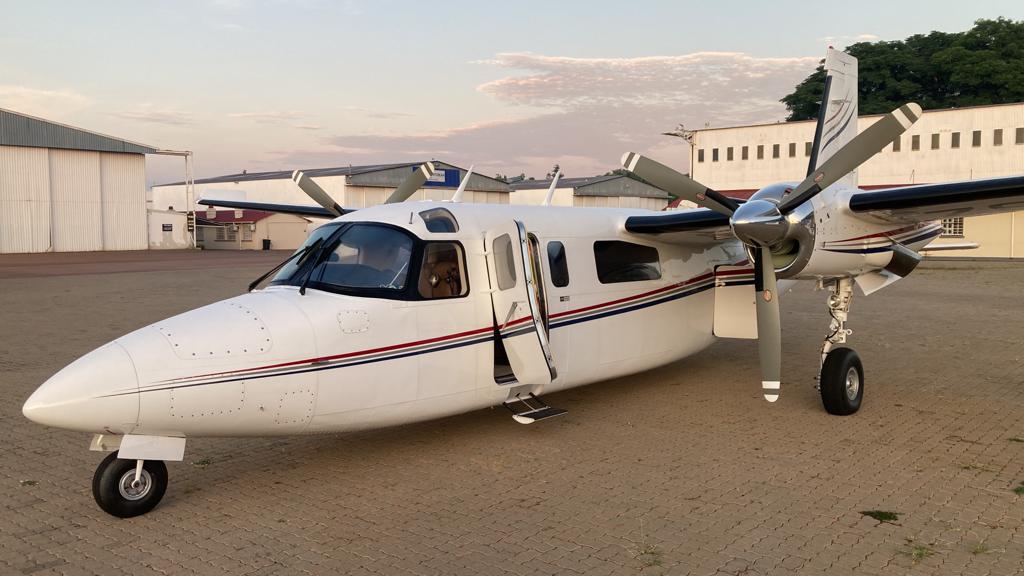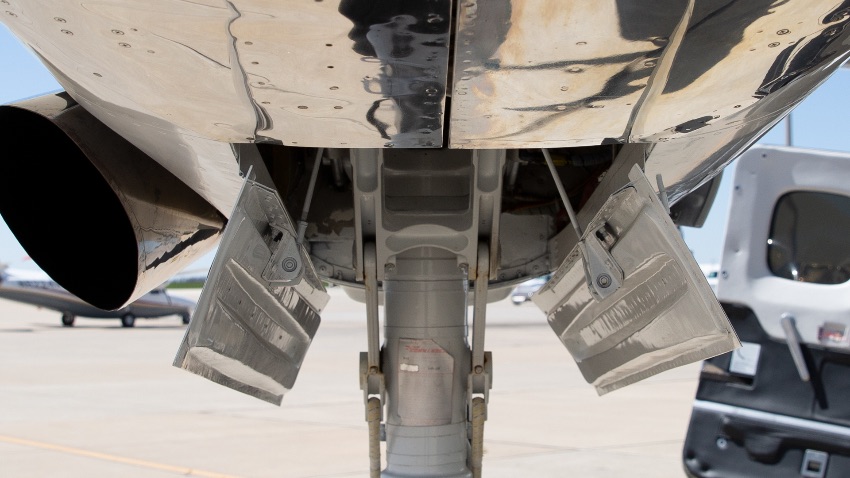Maintenance Training Sessions Scheduled

Mike Grabbe and Jet Access/Eagle Creek Aviation have scheduled three maintenance training sessions for 2024 to take place at the company’s facility in Indianapolis. They are: March 18 to 27, April 22 to May 1, and October 14 to 23. The factory approved training sessions cover everything a technician needs to know to begin working on all models of Twin Commander. It is also a popular session for refresher training for experienced Twin Commander specialists. Grabbe said the face-to-face format is especially important for newer techs, as the class moves quickly. Custom sessions are possible with a minimum of four attendees. The cost is $5,000 per person. Contact [email protected] to learn more.
Service Information Index Updated

Last year was a busy one for Twin Commander Aircraft engineers. The company released six new service letters, all of which are now detailed on the updated Service Information Index. This guide, one of six detailing maintenance documents on the Twin Commander Aircraft website, lists the full history of Service Information Letters, making it easy to stay on top of new and updated information from the factory. Last year’s additions include special inspection criteria for the main landing gear up-lock assembly bolts, exhaust seal installation, a status change on Collins fuel transmitters, and three new airworthiness directives that apply to piston operators. You can find the new index here. For the full list of service documents, check the website here.
Service Bulletin 218 Revision Not Yet Finalized

Service Bulletin 218 details the procedure necessary to stop cracking on certain fuselage bulkheads of turbine-powered Commanders. In place since 1994, the bulletin has undergone three previous revisions, and engineers are working with the Twin Commander Factory Authorized Service Centers and other partners to update the bulletin to Revision 4. However, those efforts are still ongoing, and the updated bulletin has not yet been issued. Factory representatives caution that it’s premature to begin work to comply with Revision 4, as it’s not yet finalized and will almost certainly change between now and its eventual release. For more information, read the recent story in Flight Levels Online.


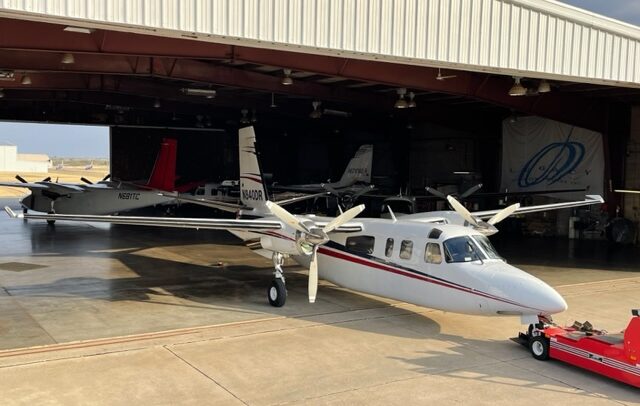
 The Twin Commander Aircraft factory team includes a diverse group of manufacturing and engineering experts hard at work for owners. As the technical director of the type certificate group, Conan Fox leads Ontic’s product support engineering efforts, including existing product support, new product development, and more. He manages a small team of engineers and technical representatives who, working with customers, Service Centers, and federal agencies, ensure the safety and vitality of the various models of Twin Commanders. Fox began his engineering career at the British Aerospace (Airbus) facility in Filton in 1990, and has worked for a wide range of airframe, engine, and component manufacturers, including Rolls-Royce and Westland Design Services (part of Westland Helicopter). His primary area of focus has been in structural (stress) analysis and certification. In 1998 he returned to New Zealand to manage the Air New Zealand FAA Part 145 repair station AOG team. In 2000 he moved to the United States as a wing stress engineer on a start-up business jet team, and finally joined M7 on the Metro/Merlin team in 2010. Now with Ontic and Twin Commander, Fox said he loves supporting the airplane and learning more about the community.
The Twin Commander Aircraft factory team includes a diverse group of manufacturing and engineering experts hard at work for owners. As the technical director of the type certificate group, Conan Fox leads Ontic’s product support engineering efforts, including existing product support, new product development, and more. He manages a small team of engineers and technical representatives who, working with customers, Service Centers, and federal agencies, ensure the safety and vitality of the various models of Twin Commanders. Fox began his engineering career at the British Aerospace (Airbus) facility in Filton in 1990, and has worked for a wide range of airframe, engine, and component manufacturers, including Rolls-Royce and Westland Design Services (part of Westland Helicopter). His primary area of focus has been in structural (stress) analysis and certification. In 1998 he returned to New Zealand to manage the Air New Zealand FAA Part 145 repair station AOG team. In 2000 he moved to the United States as a wing stress engineer on a start-up business jet team, and finally joined M7 on the Metro/Merlin team in 2010. Now with Ontic and Twin Commander, Fox said he loves supporting the airplane and learning more about the community.